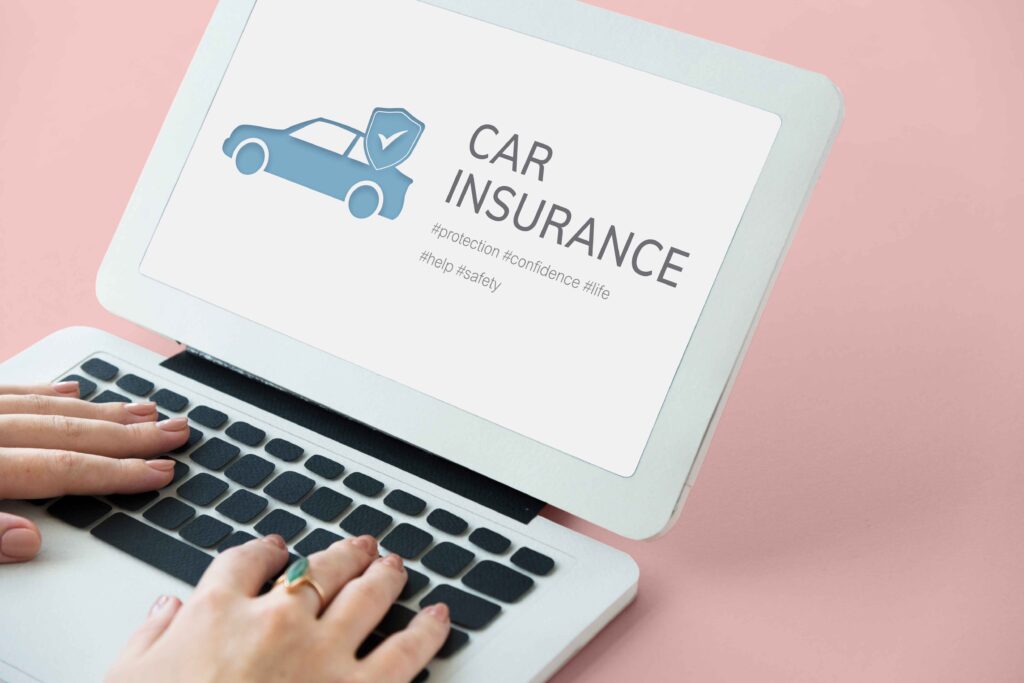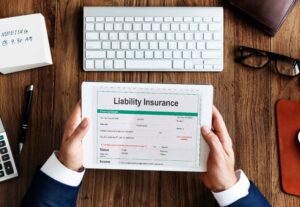When it comes to protecting your vehicle, understanding the different types of car insurance coverage is crucial. Whether you’re a new driver or looking to update your policy, knowing the specifics can save you money and provide peace of mind. In this article, we will delve into the various types of car insurance coverage, focusing on liability car insurance, car insurance full coverage, and other essential options available to you.
What is Car Insurance?
Car insurance is a contract between you and an insurance company. In exchange for paying a premium, the insurance company agrees to pay for your losses as outlined in your policy. Car insurance can provide coverage for property damage, medical expenses, and liability claims arising from accidents and other incidents. It serves as a financial safety net, helping you recover from unexpected events without bearing the entire financial burden.
Types of Car Insurance Coverage
1. Liability Car Insurance
Liability car insurance is the most basic form of car insurance required by law in most states. It covers the costs associated with injuries and property damage you cause to others in an accident. This type of insurance is essential because it protects you from financial loss if you’re found legally responsible for an accident.
- Bodily Injury Liability (BIL): Covers medical expenses, lost wages, and legal fees for the injured party. For instance, if you hit a pedestrian or another driver, this coverage will pay for their hospital bills and rehabilitation costs.
- Property Damage Liability (PDL): Pays for the damage you cause to another person’s property, such as their vehicle, fence, or building. If you accidentally crash into someone’s mailbox or garden wall, PDL will cover the repair costs.
Liability car insurance is a fundamental aspect of any car insurance policy. It ensures that you can cover the expenses arising from damages or injuries you cause to others, preventing significant financial hardship.
2. Car Insurance Full Coverage
Car insurance full coverage is a term commonly used to describe a combination of coverages that provide more comprehensive protection. Full coverage typically includes liability insurance, collision coverage, and comprehensive coverage.
- Collision Coverage: Pays for the repair or replacement of your vehicle if it’s damaged in a collision, regardless of who is at fault. This is particularly useful if you have a newer or high-value car, as repair costs can be significant.
- Comprehensive Coverage: Covers damage to your vehicle from non-collision incidents, such as theft, vandalism, natural disasters, and hitting an animal. If a tree falls on your car during a storm or your car is stolen, comprehensive coverage will cover the losses.
Car insurance full coverage offers a broader safety net compared to basic liability coverage. By combining different types of protection, it ensures that you are financially secure in various scenarios, from accidents to natural disasters.
3. Personal Injury Protection (PIP) or Medical Payments (MedPay)
Personal Injury Protection (PIP) or Medical Payments (MedPay) coverage pays for medical expenses for you and your passengers, regardless of who is at fault in an accident. PIP may also cover lost wages, rehabilitation costs, and other related expenses, ensuring you are not left financially strained after an accident. MedPay, while similar, typically has lower coverage limits but can be used to cover immediate medical expenses.
4. Uninsured/Underinsured Motorist Coverage
This type of coverage protects you if you’re involved in an accident with a driver who doesn’t have enough insurance to cover the damages or doesn’t have insurance at all. It can cover medical expenses, lost wages, and damage to your vehicle. With a significant number of drivers on the road uninsured or underinsured, this coverage is crucial for your financial protection.
5. Gap Insurance
Gap insurance is essential if you have a loan or lease on your vehicle. It covers the difference between the actual cash value of your car and the amount you owe on your loan or lease if your vehicle is totaled or stolen. For example, if you owe $20,000 on your car loan, but your car’s value is only $15,000, gap insurance will cover the $5,000 difference.
6. Other Optional Coverages
- Rental Reimbursement: Covers the cost of renting a car while your vehicle is being repaired after a covered loss.
- Roadside Assistance: Provides services such as towing, tire changes, jump-starts, and lockout assistance if your car breaks down.
- Custom Parts and Equipment Coverage: Protects aftermarket additions to your vehicle, like a new sound system or custom wheels.

Choosing the Right Car Insurance Coverage for You
Selecting the right types of car insurance coverage depends on several factors, including your driving habits, the value of your vehicle, and your budget. Here are a few tips to help you choose:
- Assess Your Needs: Determine what type of coverage you need based on your personal circumstances. For example, if you live in an area prone to natural disasters, comprehensive coverage might be more important for you.
- Compare Quotes: Shop around and compare quotes from different insurance companies to find the best rates and coverage options. Use online comparison tools and consider working with an insurance broker.
- Understand Your Policy: Make sure you fully understand what your policy covers and any exclusions that may apply. Reading the fine print can help avoid surprises when you need to file a claim.
How to Save on Car Insurance
While it’s important to have adequate coverage, you can also take steps to save on your car insurance premiums:
- Increase Your Deductible: Opting for a higher deductible can lower your premium. Just ensure you can afford the deductible in case of a claim.
- Bundle Policies: Many insurance companies offer discounts if you bundle your car insurance with other policies, such as homeowners or renters insurance.
- Maintain a Good Driving Record: Safe driving habits can lead to lower premiums. Many insurers offer discounts for drivers with no accidents or traffic violations.
- Take Advantage of Discounts: Ask your insurance provider about available discounts for things like low mileage, having safety features in your car, or completing a defensive driving course.
- Review Your Coverage Annually: As your circumstances change, your insurance needs might too. Regularly reviewing your policy can help you adjust your coverage and potentially save money.

Read this blog, How Does Car Accident Settlement Work: Car Accident Legal Advice Consultation
Conclusion
Understanding the different types of car insurance coverage is essential for protecting yourself, your passengers, and your vehicle. Whether you opt for liability car insurance, car insurance full coverage, or additional protections like PIP and uninsured motorist coverage, being informed will help you make the best decisions for your needs. Always review your policy carefully and consider consulting with an insurance professional to ensure you have the right coverage in place.
Car insurance is not just a legal requirement but a crucial aspect of financial planning. It provides a safety net that can protect you from significant financial loss visit our website. By understanding the various types of car insurance coverage and how they work together, you can make informed decisions that offer both protection and peace of mind on the road.





